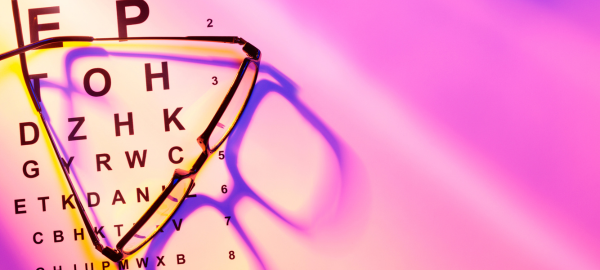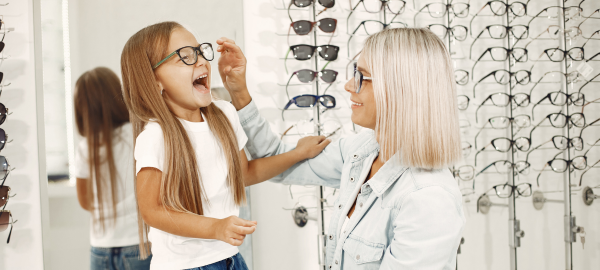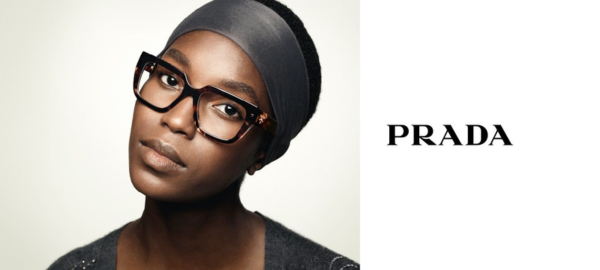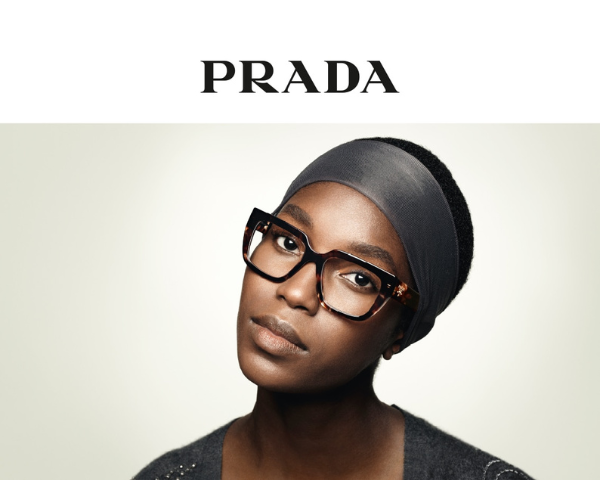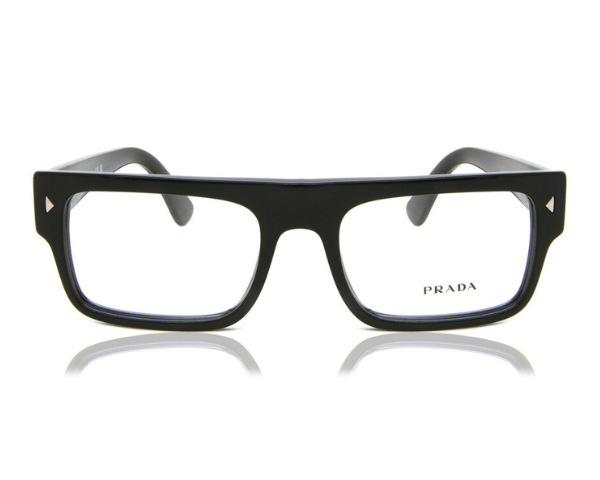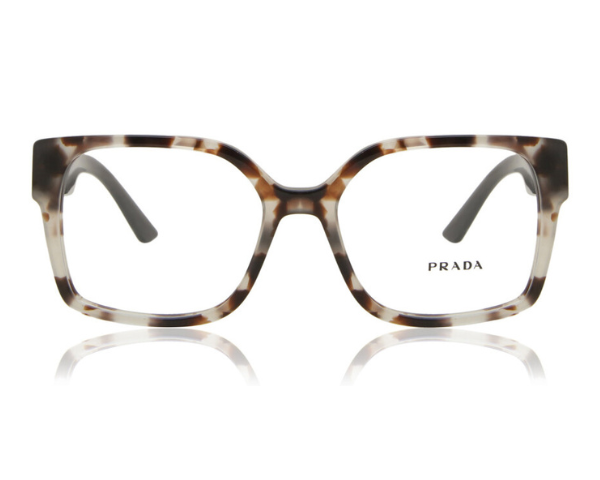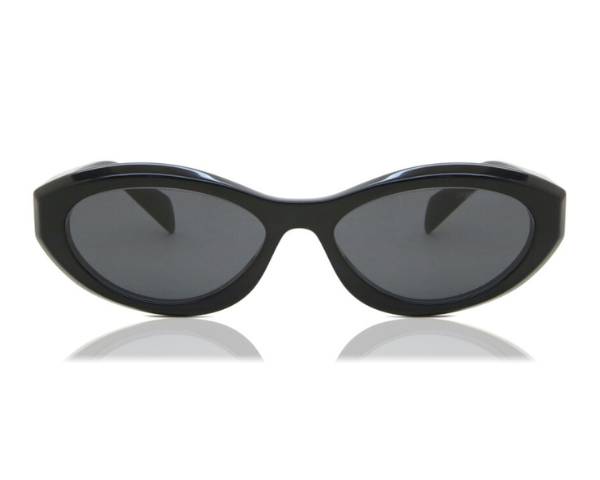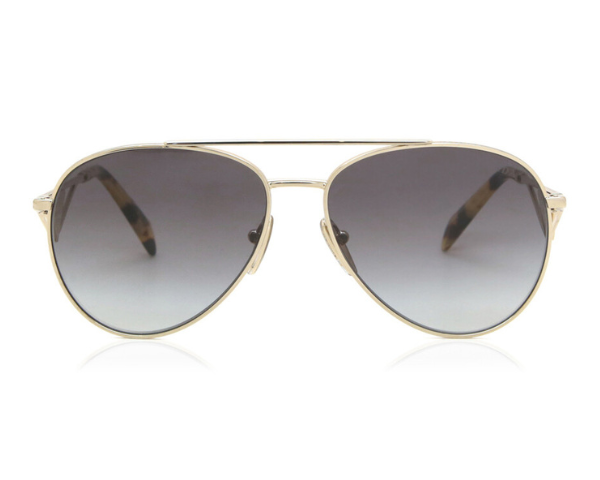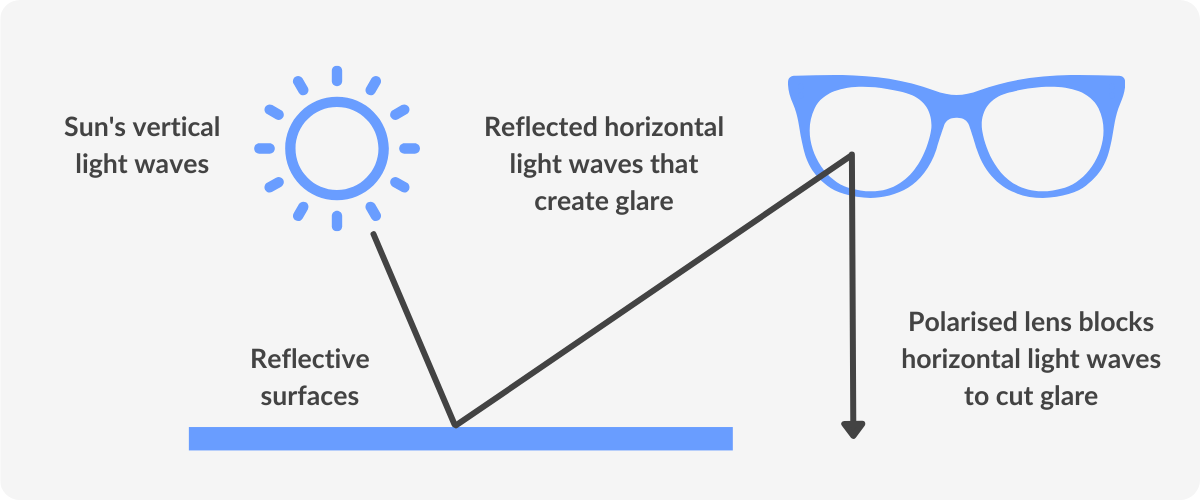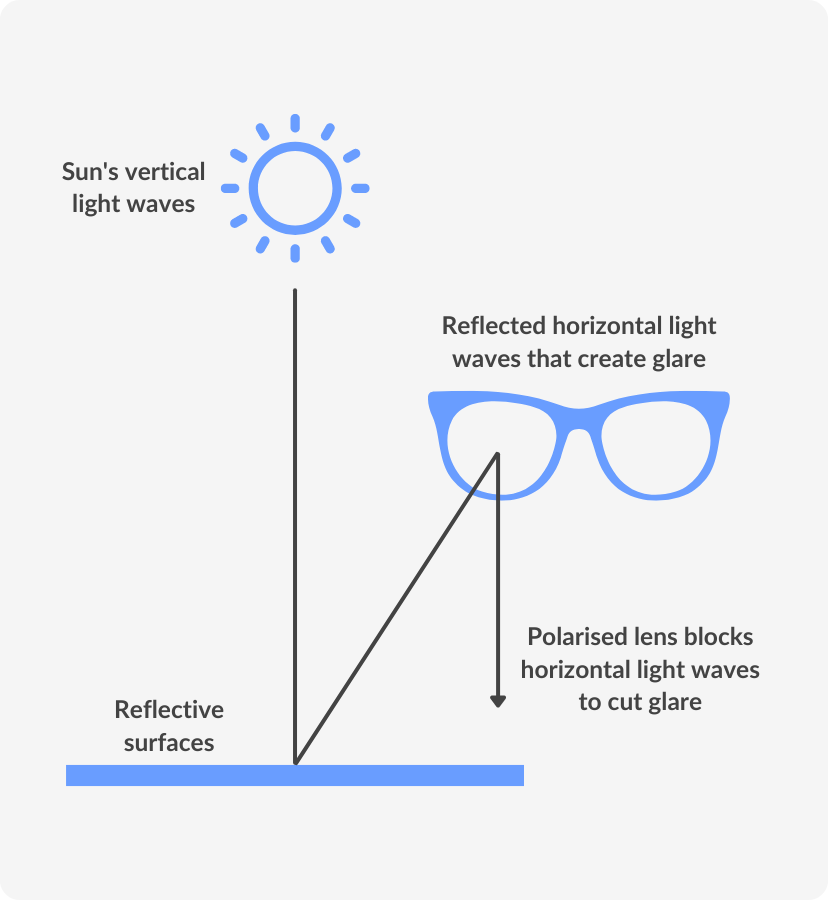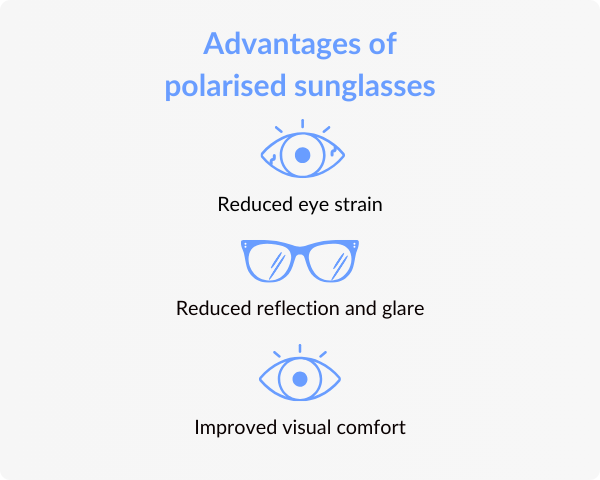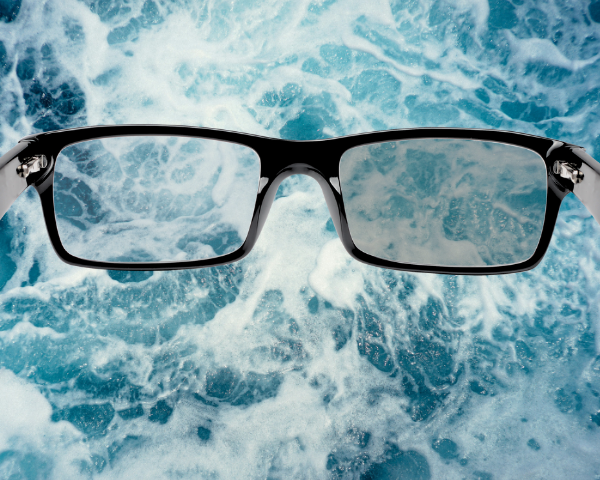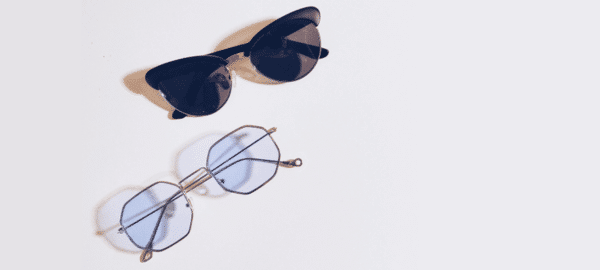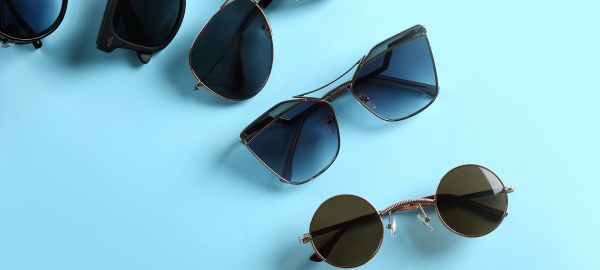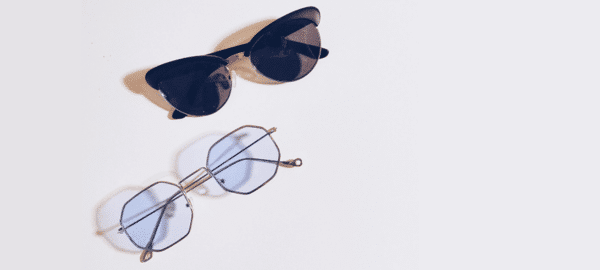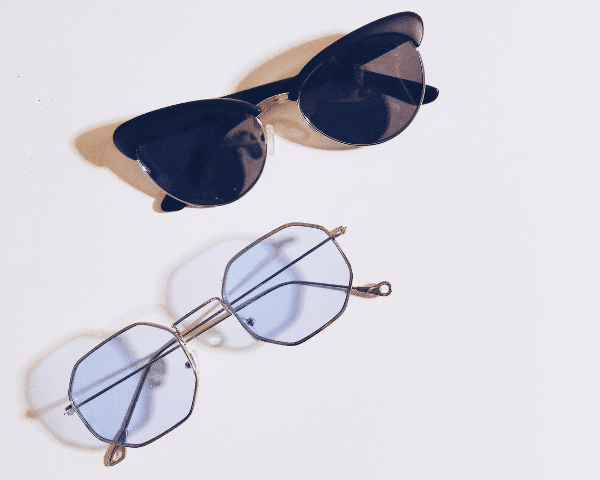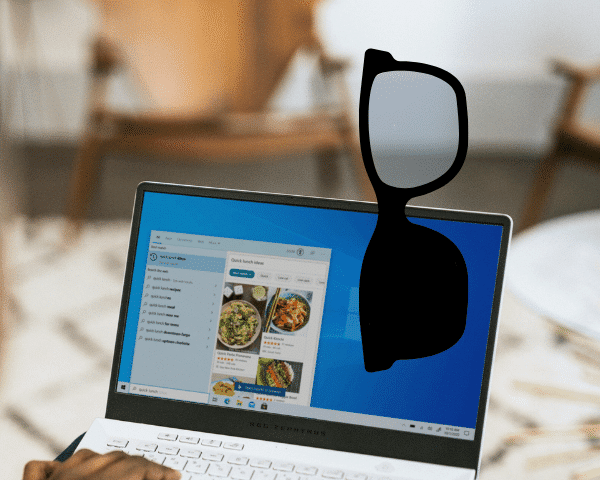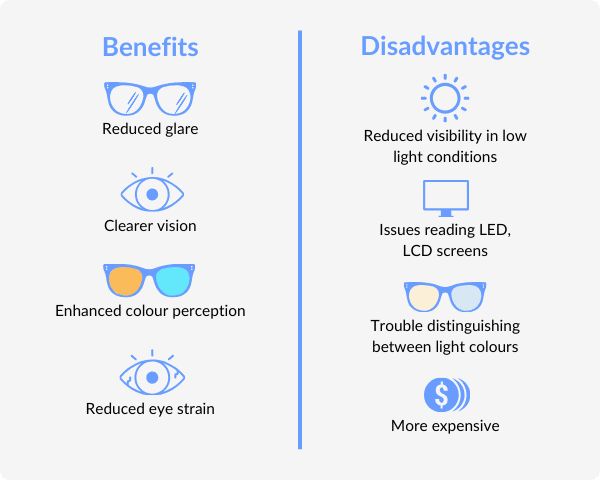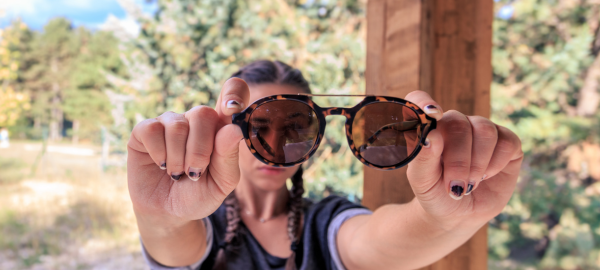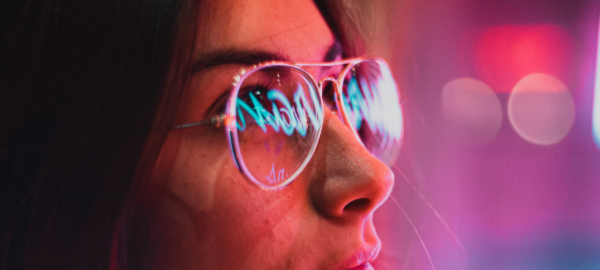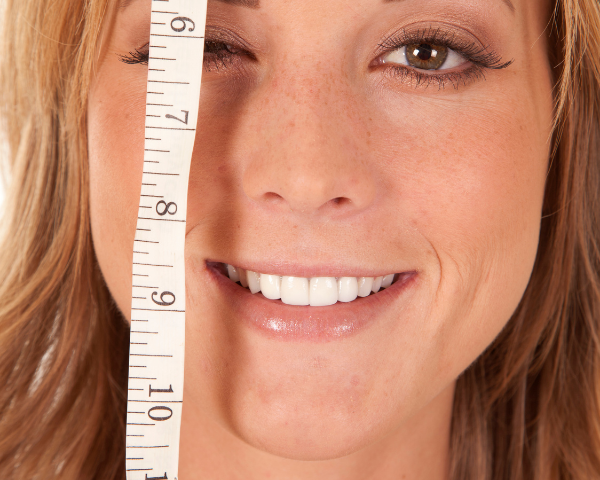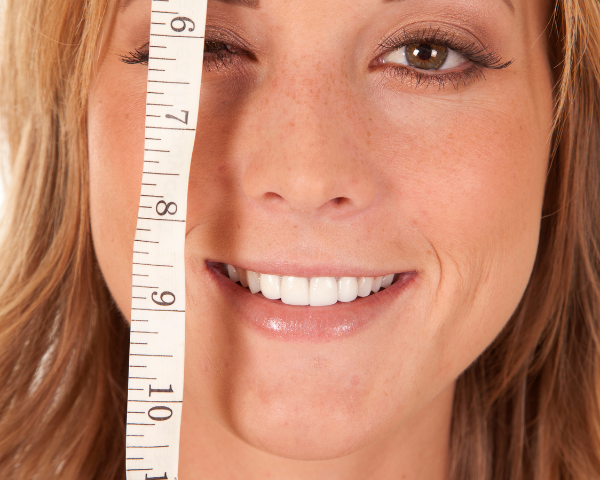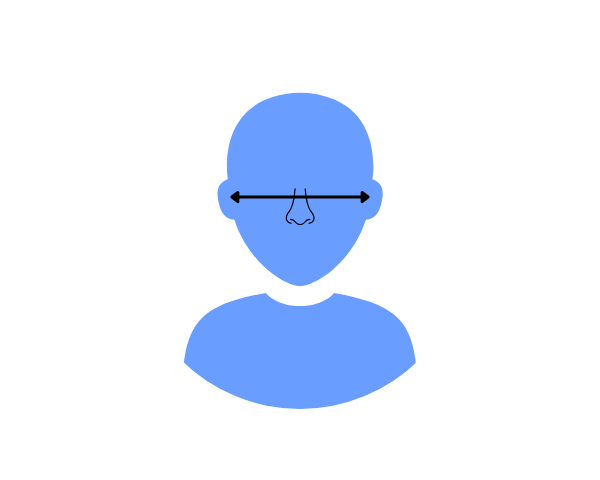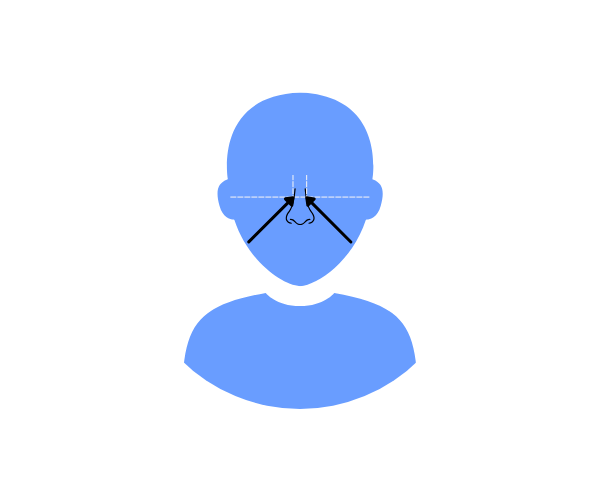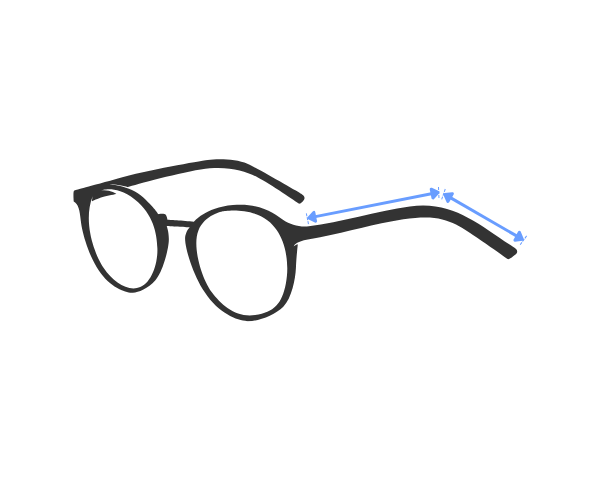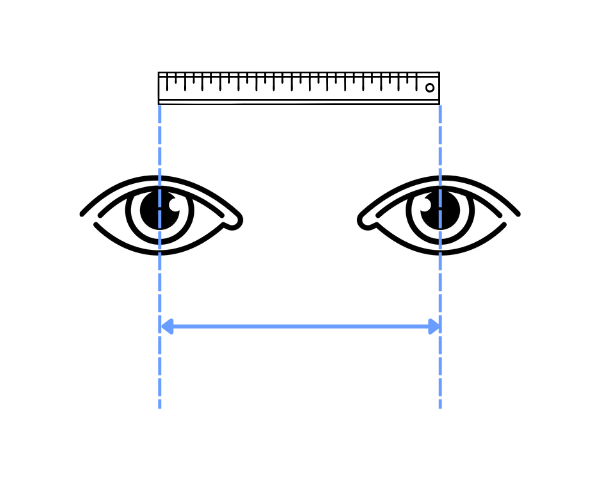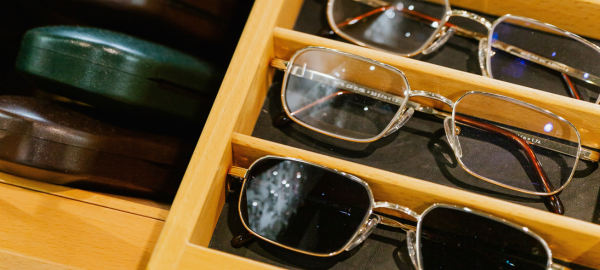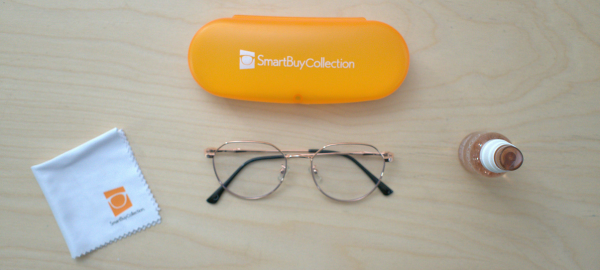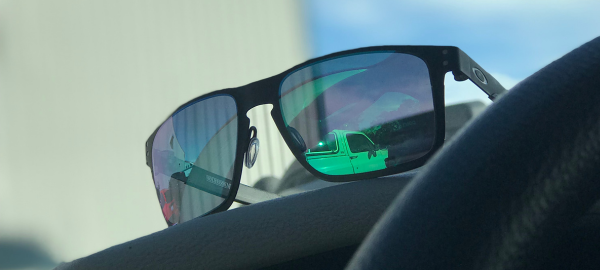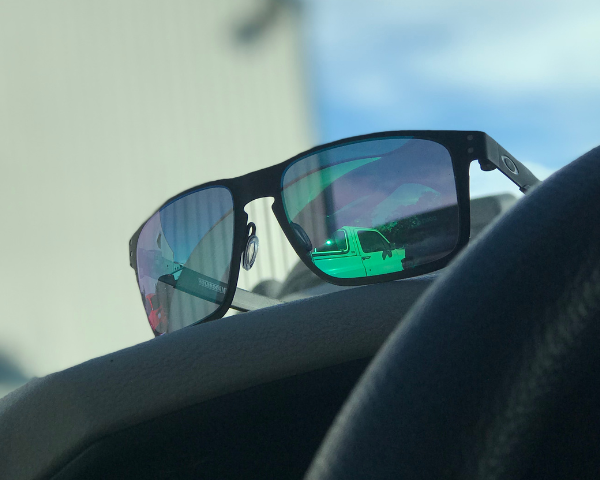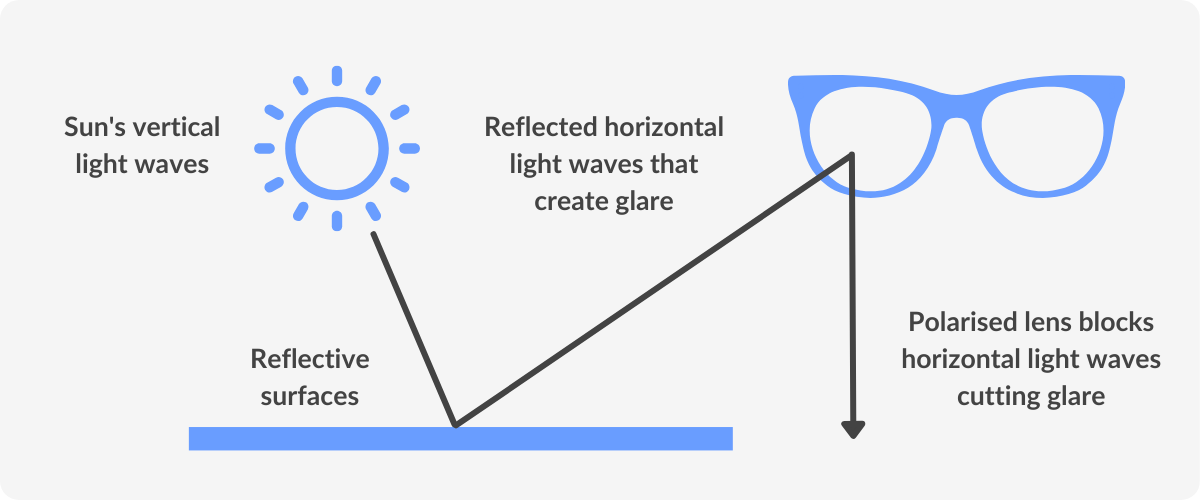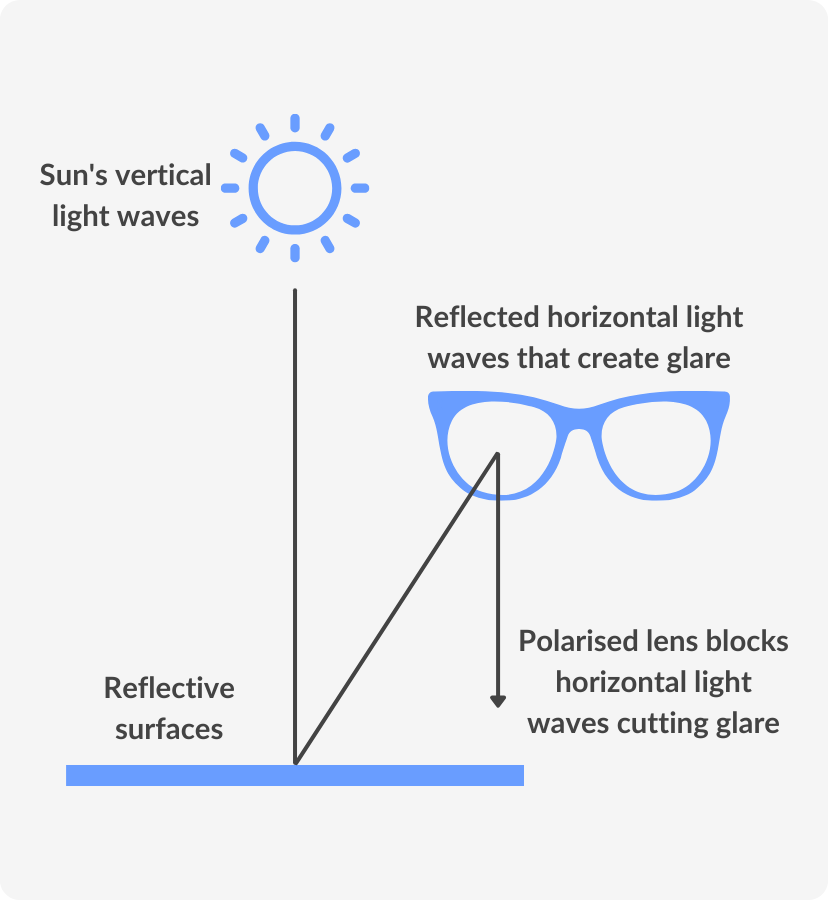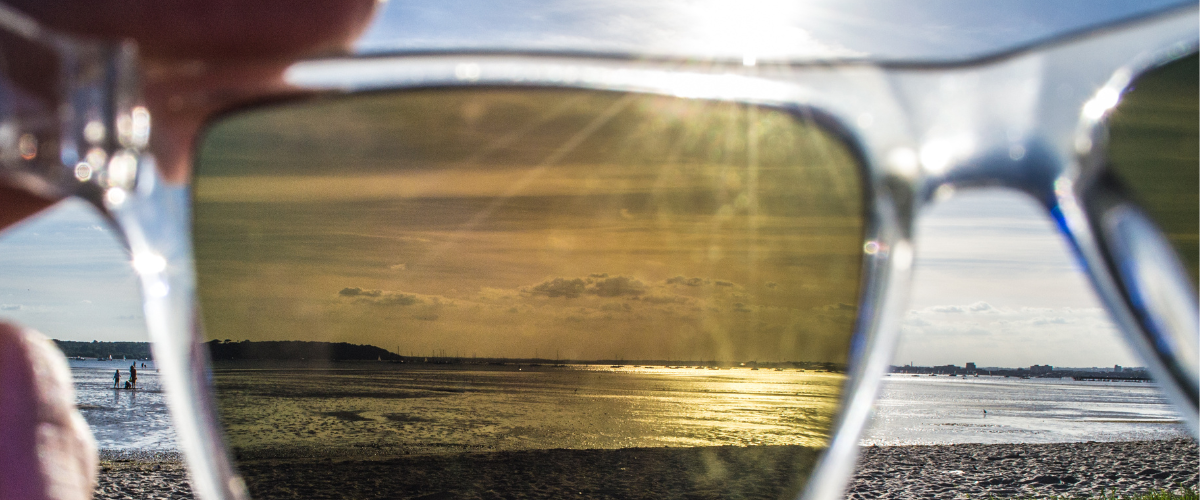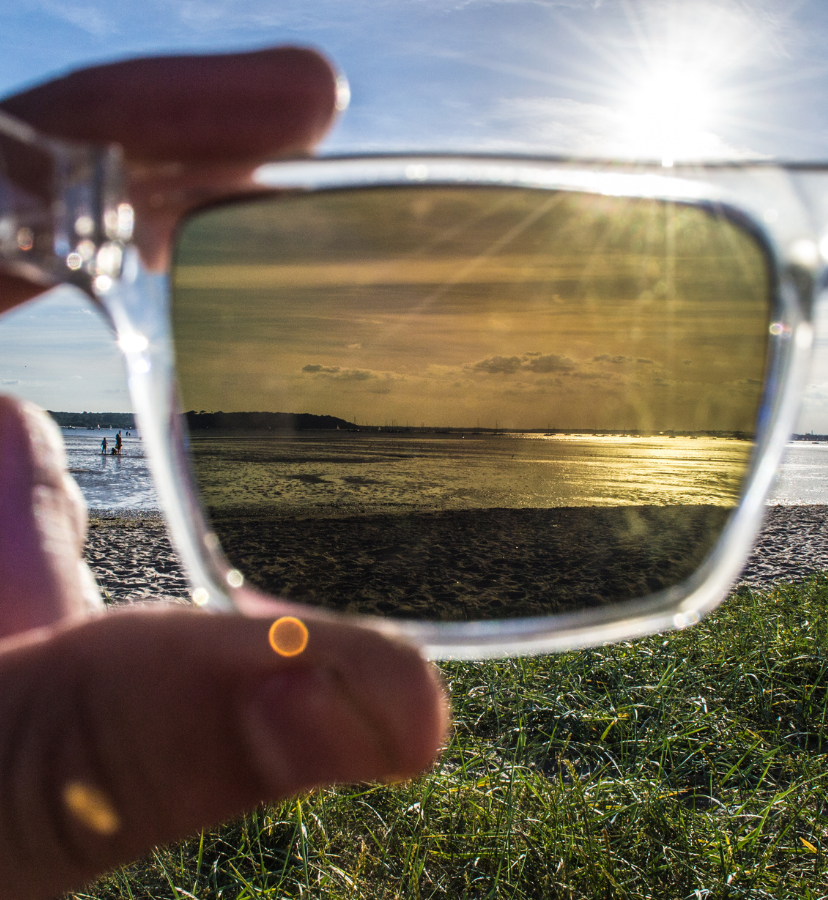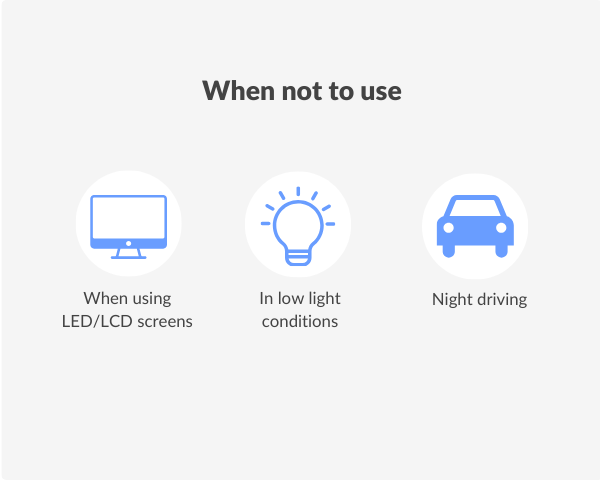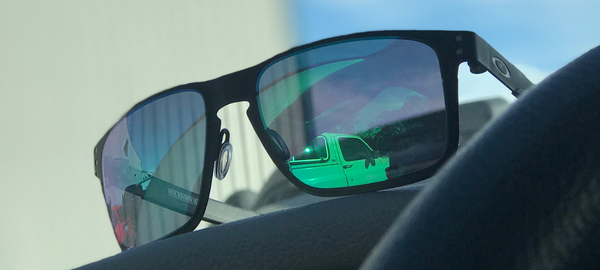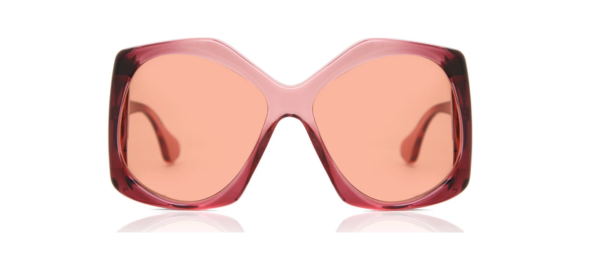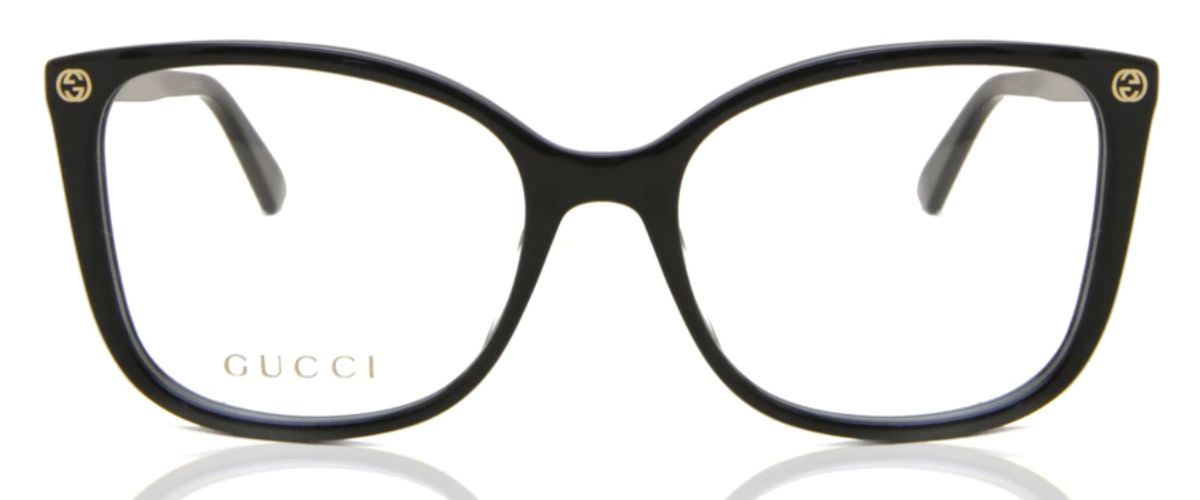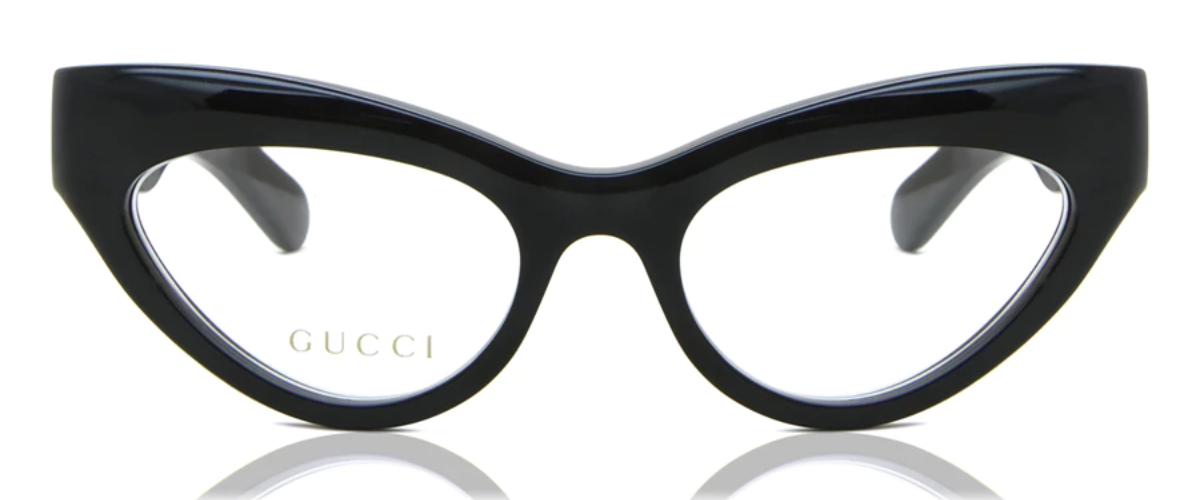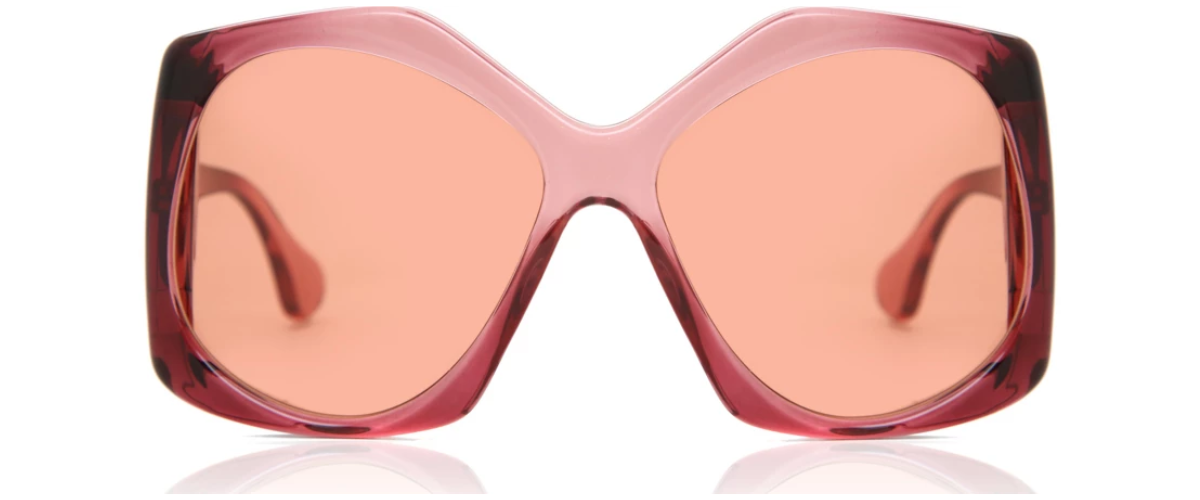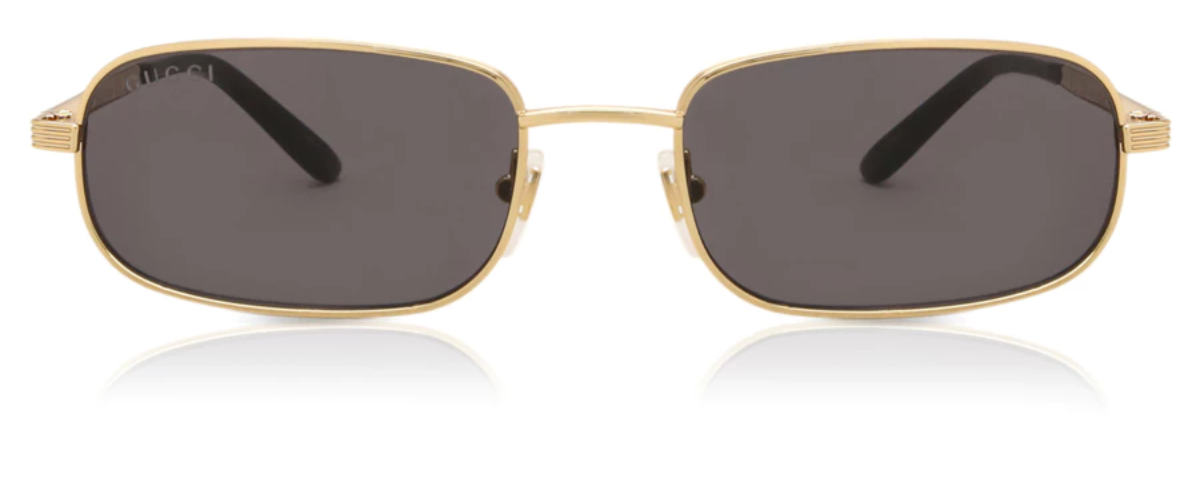What Does "Nearsighted" Mean?

Reviewed by
Maria Horan FBDO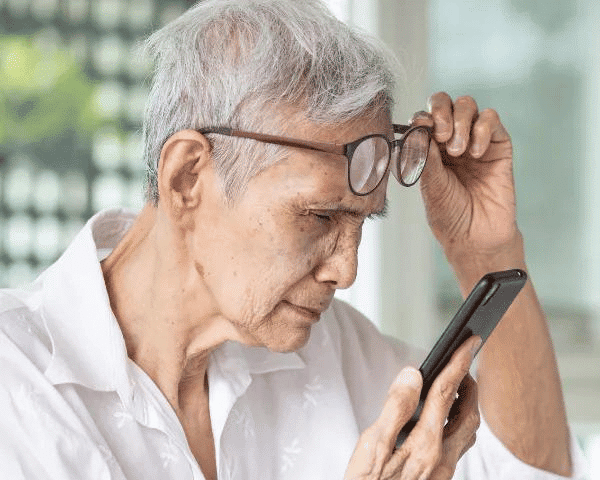
Commonly referred to as short-sightedness or nearsightedness, myopia is a common vision condition that causes blurry distance vision.
People with myopia can clearly see nearby objects like a book or a computer screen, but struggle with objects that are further away from them, like road signs or television screens .
Though in more severe cases it can cause significant visual impairment, light nearsightedness is extremely common and easy to treat.
The American Optometric Association estimates that it affects almost 30 percent of Americans and in most cases, it can be solved with simple vision correction.
What causes myopia?
The eye is a natural lens, similar to a camera. It enables us to see by focusing light rays on the retina, located at the back of your eye.
If you have myopia, your eye’s anatomy causes light rays to refract (or bend) incorrectly, focusing light not on your retina, but in front of the retina.
Usually, the rays fall short of the retina because the eyeball is a little too long, your cornea is too rounded, or a combination of the two. This makes your distance vision blurry, much like when settings of a camera are wrong.
But just as you can adjust a camera lens to get a clearer image, corrective lenses can focus light precisely on your retina, giving you perfect vision.
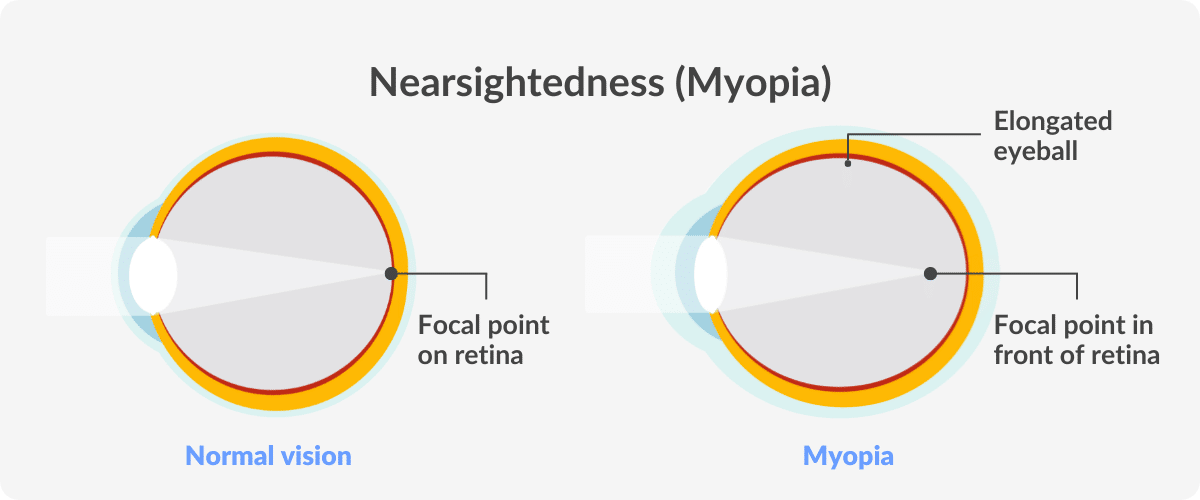
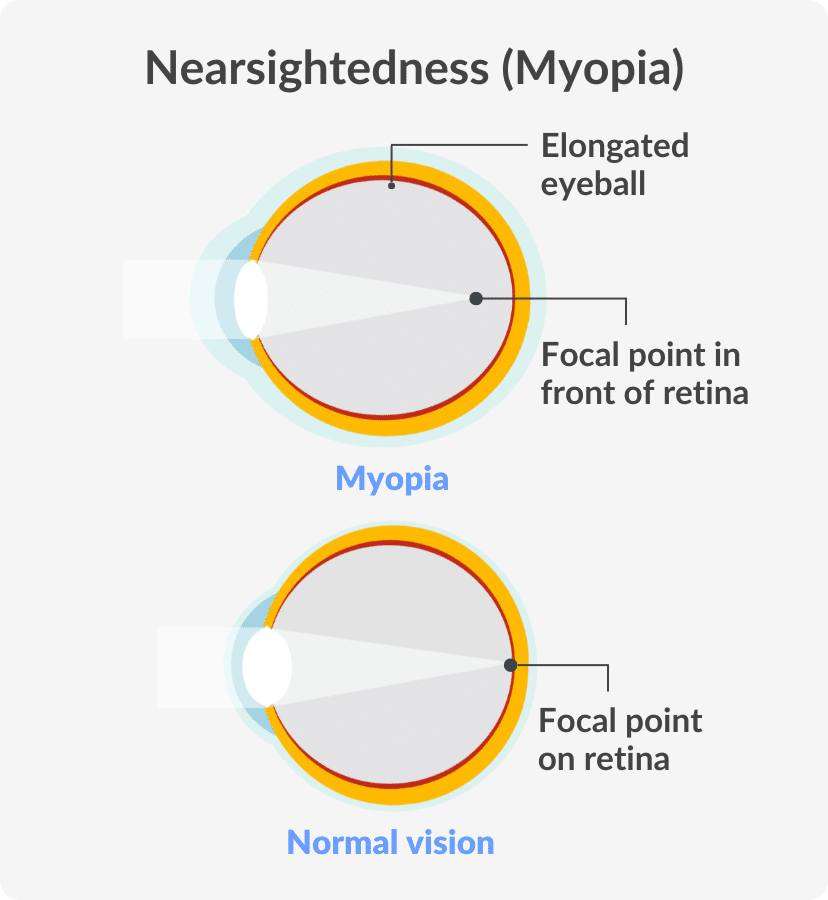
Symptoms of myopia
Blurred vision when looking at far away objects sounds like an obvious sign, though when mild it can be mistaken for normal vision and go unnoticed.
That said, an eye doctor will be able to use an eye chart to make a myopia diagnosis even if you haven’t noticed any symptoms yet.
Myopia symptoms may include:
- Blurry vision when looking at distant objects.
- The need to squint or partially close the eyelids to see clearly.
- Headaches caused by eye strain and visual stress.
- Difficulty seeing while driving a vehicle, especially in dim light.
Often detected during childhood, myopia is commonly diagnosed from the early school years through the teens.
When diagnosed in children, the accelerated eye growth during the teenage years often causes it to worsen, though there is usually little change between the ages of 20-40.
A child with myopia may:
- Persistently squint.
- Need to sit closer to the television, movie screen or the front of the classroom.
- Seem to be unaware of far away objects.
- Blink excessively.
- Rub their eyes frequently.
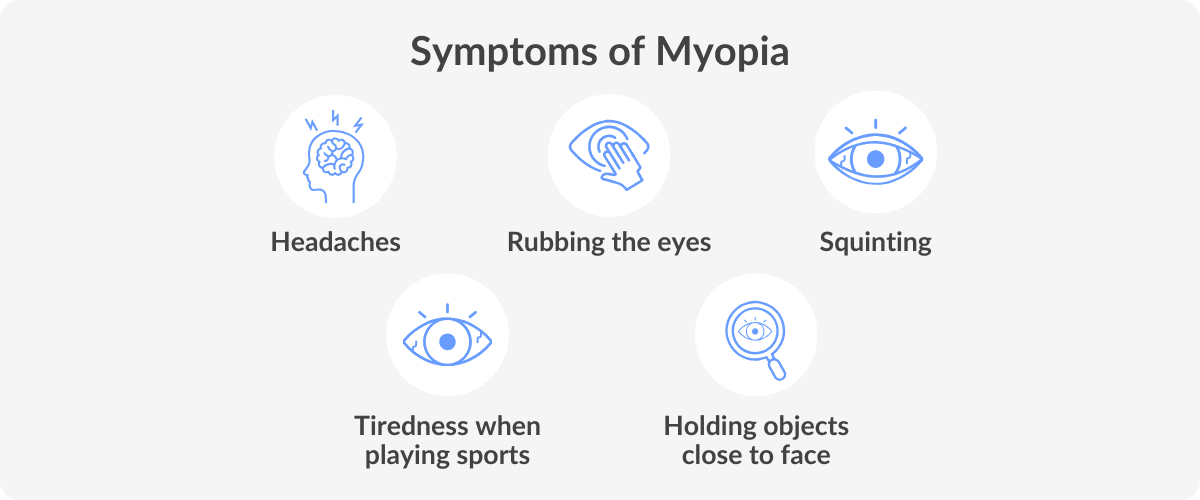

Risk factors for myopia
Though anyone can develop myopia, there are certain risk factors that make it more likely. These include genetics and family history, but also other things like lifestyle and environmental factors, general eye health and pre-existing conditions.
Risk factors for nearsightedness can include:
- Age.
- Diabetes or high blood pressure.
- Frequent visual stress.
- Family history.
- Spending less time outdoors.
- Too much screen time.
DID YOU KNOW?
Myopia is even more prevalent in Asia. Myopia rates for some countries can go up to 80% of the population.
Different types of myopia
Myopia can be divided into mild nearsightedness, moderate nearsightedness and severe nearsightedness.
Eye doctors measure the severity of the condition in dioptres, a unit of refractive power that essentially measures how effective a lens is at bending light.
In practice, the dioptres on a prescription tell you how severe the refractive error caused by myopia is and how many dioptres are needed to correct nearsightedness.
High myopia
Severe nearsightedness (more than 6 dioptres of myopia) is also called high myopia. Since this generally implies a more severe deformity of the eye shape or cornea, it’s important to follow your eye doctor’s advice to prevent complications.
Low myopia
Light nearsightedness (generally less than 3 dioptres of myopia) is the informal term for low myopia. It’s instead referred to as mild myopia or moderate nearsightedness when there are 3 to 6 dioptres of myopia.
Though this requires less correction than high myopia, it’s important to remember to stay on top of it to prevent further loss of visual acuity. If not treated correctly, low myopia can progress into high myopia.
Possible complications
In some cases, high myopia can transition into pathological myopia. Also known as degenerative myopia, this implies the presence of certain complications that can be more severe.
Complications seen in pathological myopia can include:
- Cataracts.
- Glaucoma.
- Optic neuropathy.
- Neovascularization.
- Retinal detachment.
- Myopic macular degeneration (MMD).
- Open angle glaucoma.
That said, it’s important to remember that the vast majority of cases of nearsightedness require nothing more than simple vision correction.
Nowadays, there are many treatment and prevention options available to reduce the risk of developing pathological myopia.
Testing for myopia
An eye doctor can test for myopia using a standard eye exam. This generally includes the use of an eye chart to test visual acuity and the use of a lighted retinoscope to measure how well your eyes focus light.
Since it’s more likely to develop at an early age, it’s also common for paediatricians to check a child’s eyes at routine check-ups. That said, when possible it’s best to go to an eye doctor for a first comprehensive eye exam before the age of one.
Early diagnosis is very beneficial to myopia management and can prevent progressive myopia from becoming too severe.
Remember, you may not notice you have low myopia. This is why, regardless of whether you think you’re developing myopia or not, it’s important to go to your optician for regular vision screenings.
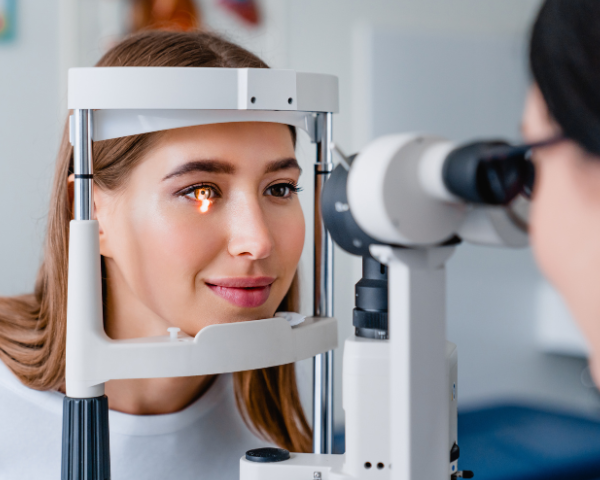
Treatment
Options to treat nearsightedness in children include glasses with corrective lenses and contact lenses. Adults (and in rare cases children) may also opt for refractive surgery.
Eyeglasses
Eyeglasses are the most common myopia treatment option.
The dioptre on a prescription indicates how strong the corrective lenses need to be, and depending on the severity of the condition an eye doctor may suggest wearing glasses all day long or only when performing certain activities.
Generally, single vision lenses are enough to correct myopia, though in people over 40 or with multiple prescriptions an optician may recommend progressive lenses.
Contact lenses
An alternative to eyeglasses is to wear contact lenses instead. Much like eyeglasses, contact lenses for myopia improve distance vision by correcting the refractive error.
Eye surgery
There are many surgical options available to correct myopia.
Though they are generally only available for adults due to the eye growth that takes place in the childhood and teenage years, they are a good option for both people with mild and severe myopia.
An eye doctor will direct you to which refractive surgery best suits your needs based on the severity of the condition and the nature of the deformity causing it. Options include laser eye surgery and phakic intraocular lenses, amongst others.
If myopia has left you in a haze, our optical dispensers are here to clear things up. Don’t hesitate to contact them for any eye related doubts, they’re here to help you see the bigger picture!
Related articles
